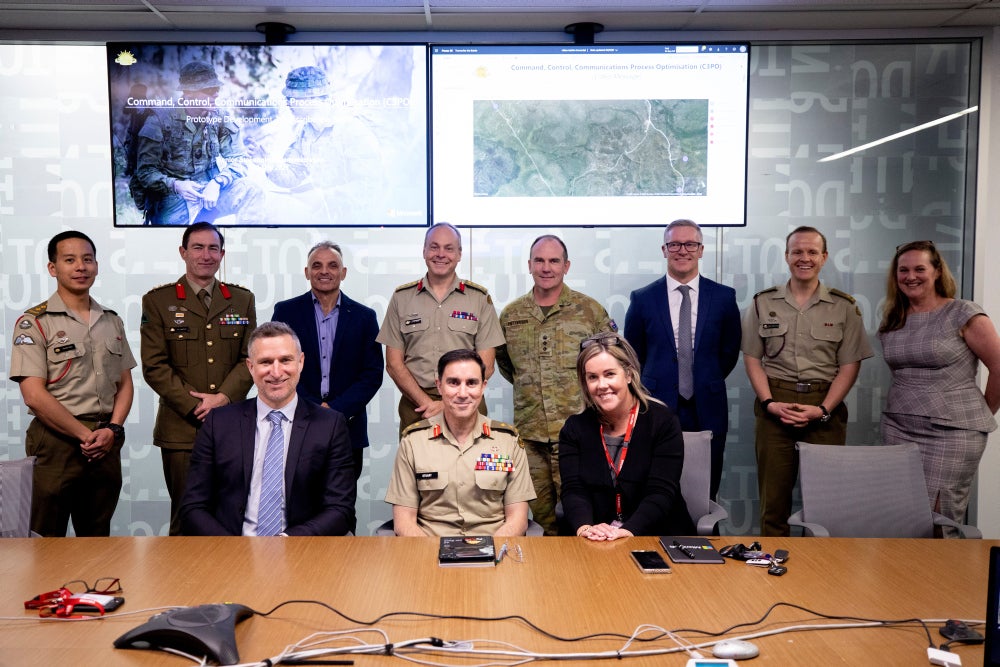
The Australian Army and Microsoft have announced a collaboration on an initiative to explore the use of digital technologies to transform command and control.
Their initial focus will be on leveraging artificial intelligence (AI) for the purpose of transcribing and analysing voice communications over combat net radio.
This initiative, dubbed command, control, communications process optimisation, intends to bring clarity to an otherwise chaotic operational environment, wherein reports and searchable transcripts offer improved situational awareness to commanders.
When battlespace communication transcriptions become automated, personnel can be freed up for human-centric works.
The insights will aid in optimising the operational decision-making process, while creating an intelligent digital basis for AI-enabled decision making over the next ten years.
This project is part of the Australian Army’s robotic and autonomous systems strategy (RAS strategy) under the banner of improving decision making.
Microsoft’s team of system analysts, data scientists, and data architects will work alongside personnel from the Australian Army’s Robotic and Autonomous Systems Implementation and Coordination office (RICO)’s Future Land Warfare branch.
They are currently prototyping a solution to not only transcribe combat radio communications to text, but to also identify important message parameters, such as the sender and recipient, and to draw meaning from the transcriptions.
Artificial intelligence will be deployed for the purpose of interpreting and searching communications to extract information about the combat with an end-user presentation layer through Power BI.
Australian Army Future Land Warfare branch director general Brigadier Ian Langford said: “Employing artificial intelligence tools through a reliable, secure and resilient platform to consolidate battlefield communications is an important step toward the creation of a decision support engine to create decision advantage in the future.”
The prototype solution, which has been built in the Army Land Network Integration centre’s Azure environment, supports transcription and natural language processing.
Designing, testing and validation have already been carried out, with the HQ 3 Brigade serving as the programme’s ‘end user’.
Microsoft ANZ Public Sector general manager Mark Leigh said “Microsoft and the Australian Army are both committed to the ethical and responsible use of AI, and this remains central to our collaboration.
“We are proud to be working with the Australian Army on this important project, bringing the very best minds and technology together to support, and keep safe, the men and women of Australia who work tirelessly on our behalf.”
In June this year, Microsoft and Thales Australia partnered with Australian SMEs to launch a tactical Cloud computing capability.



